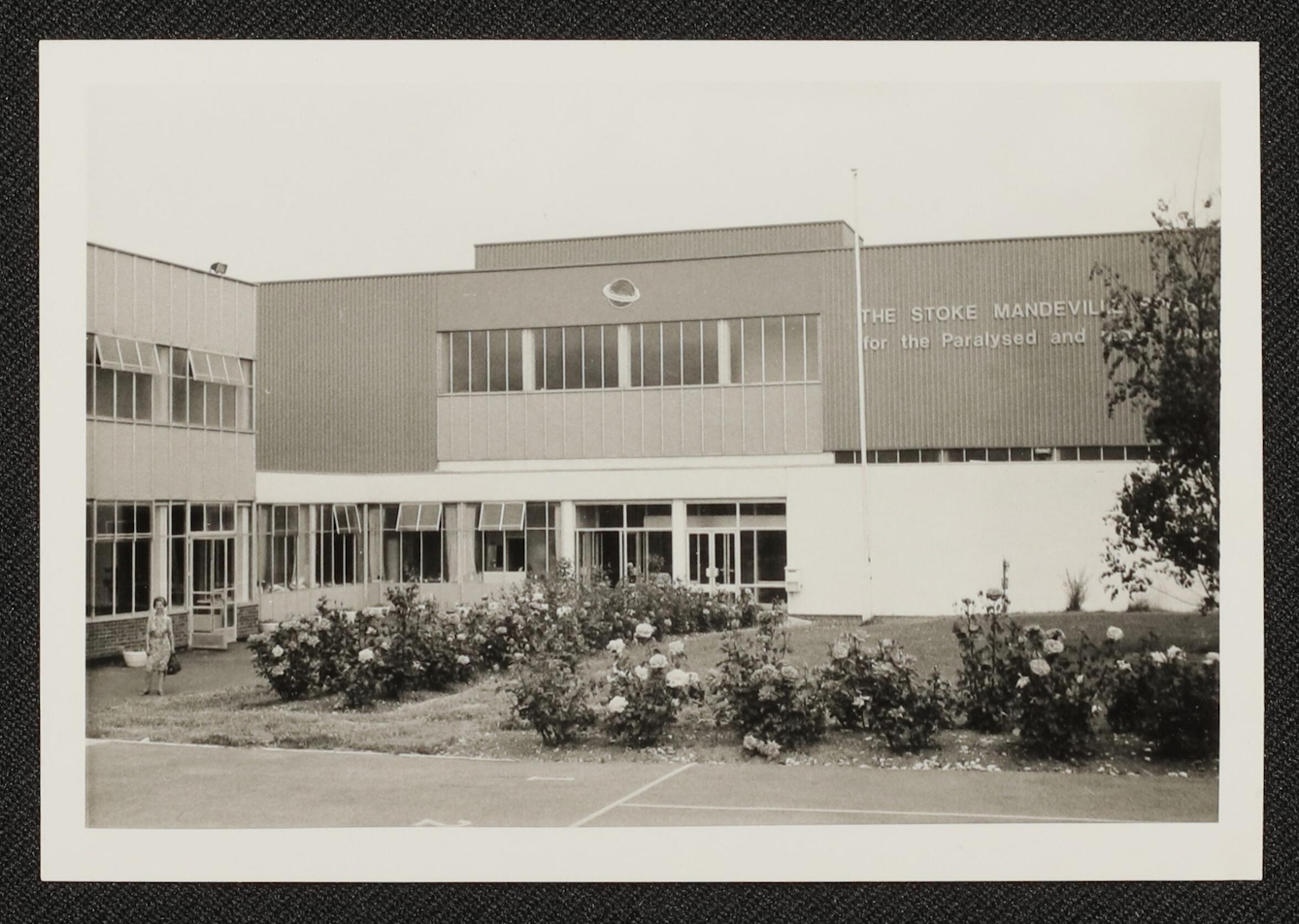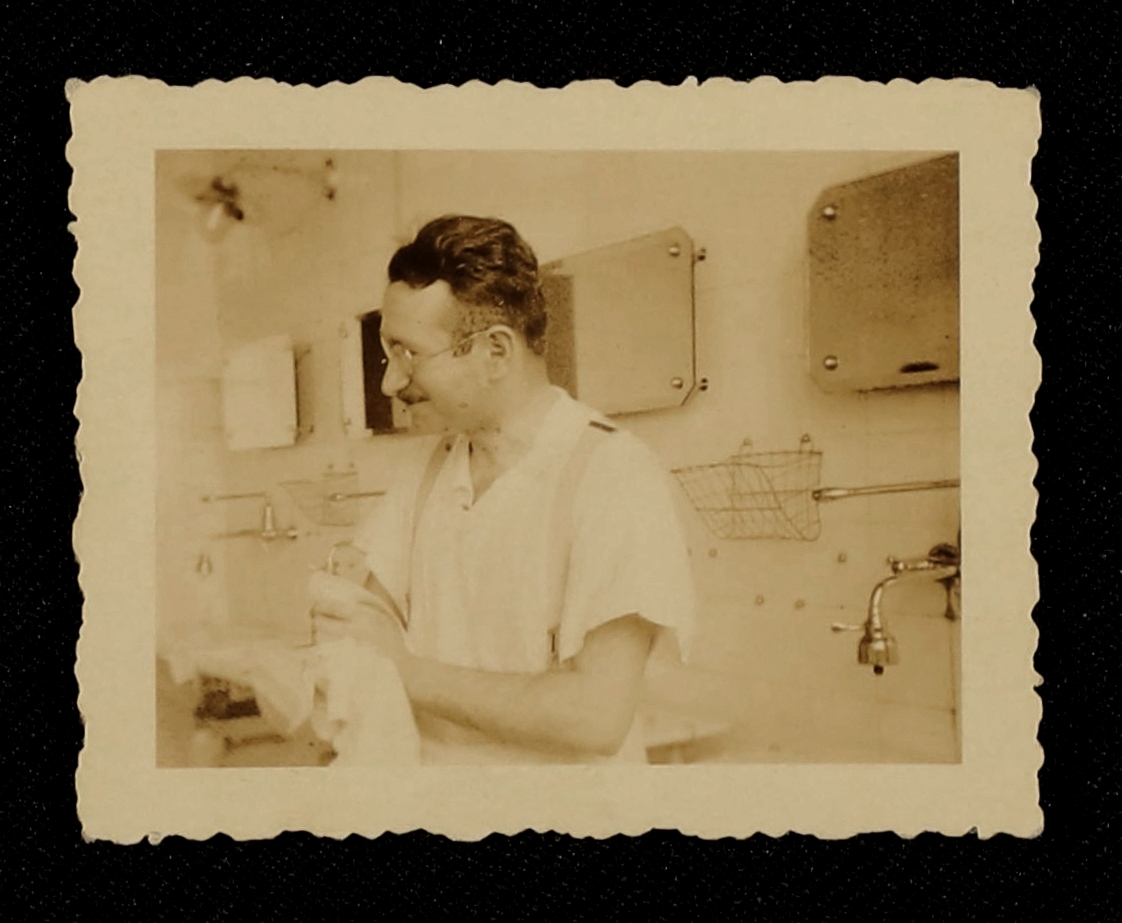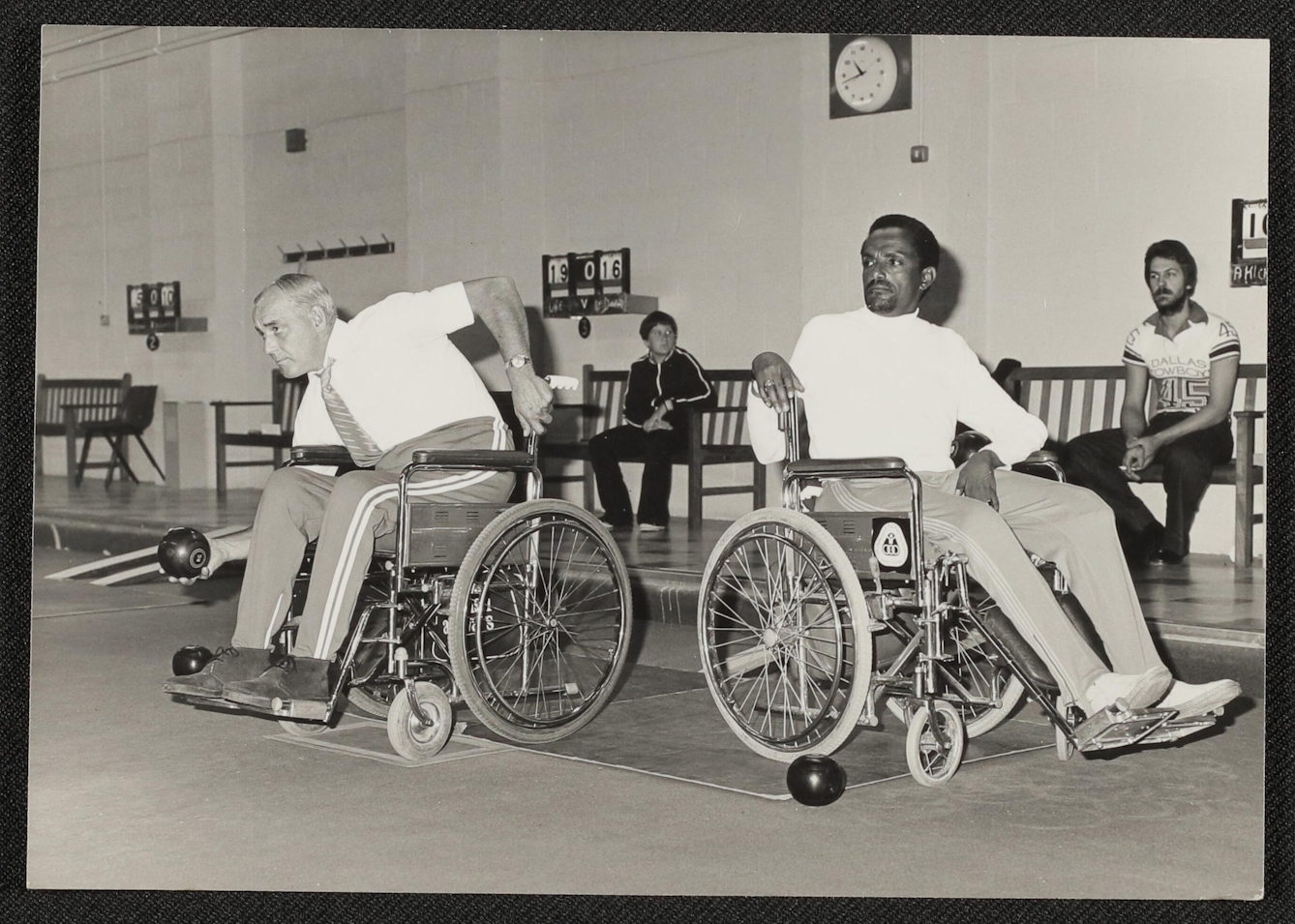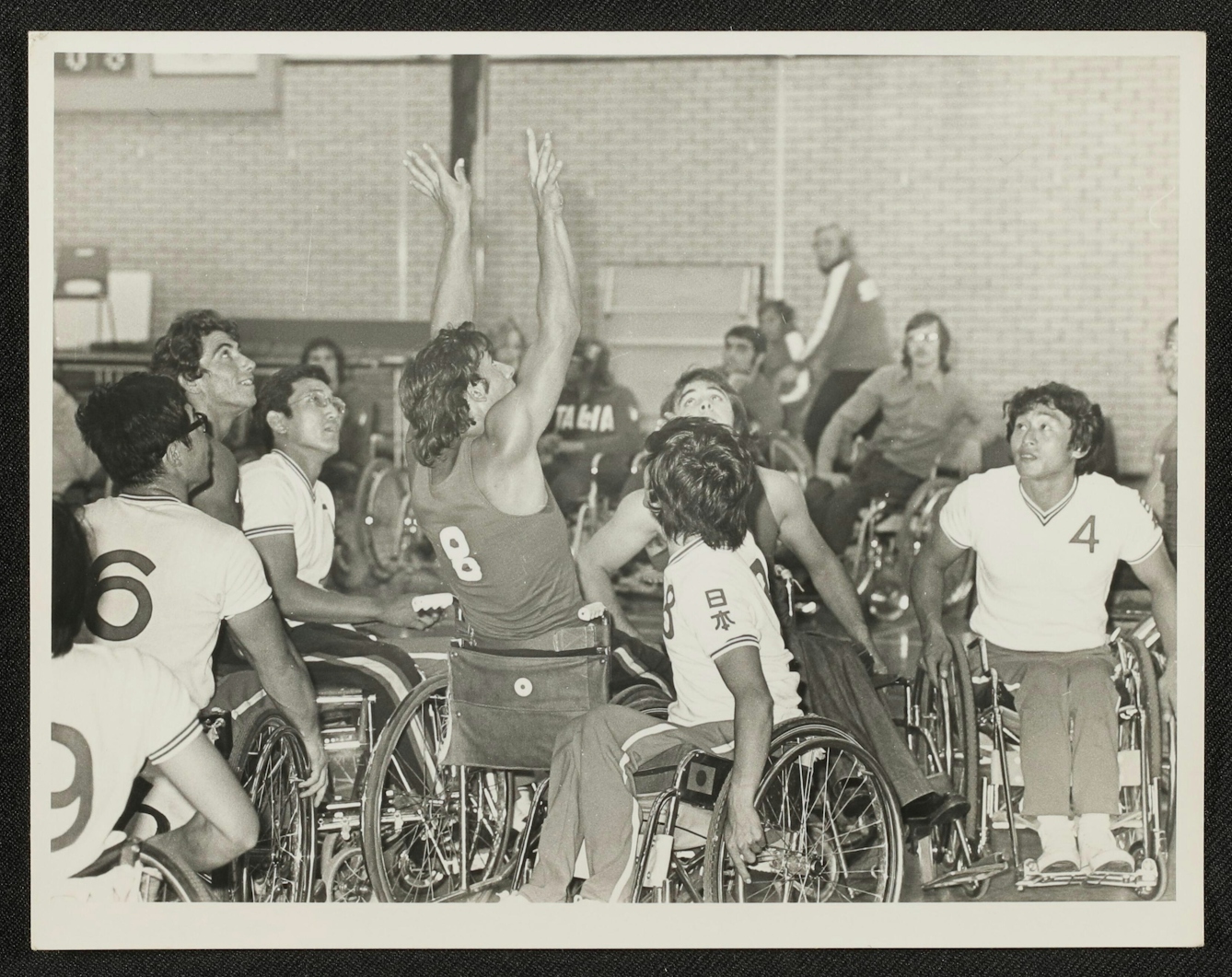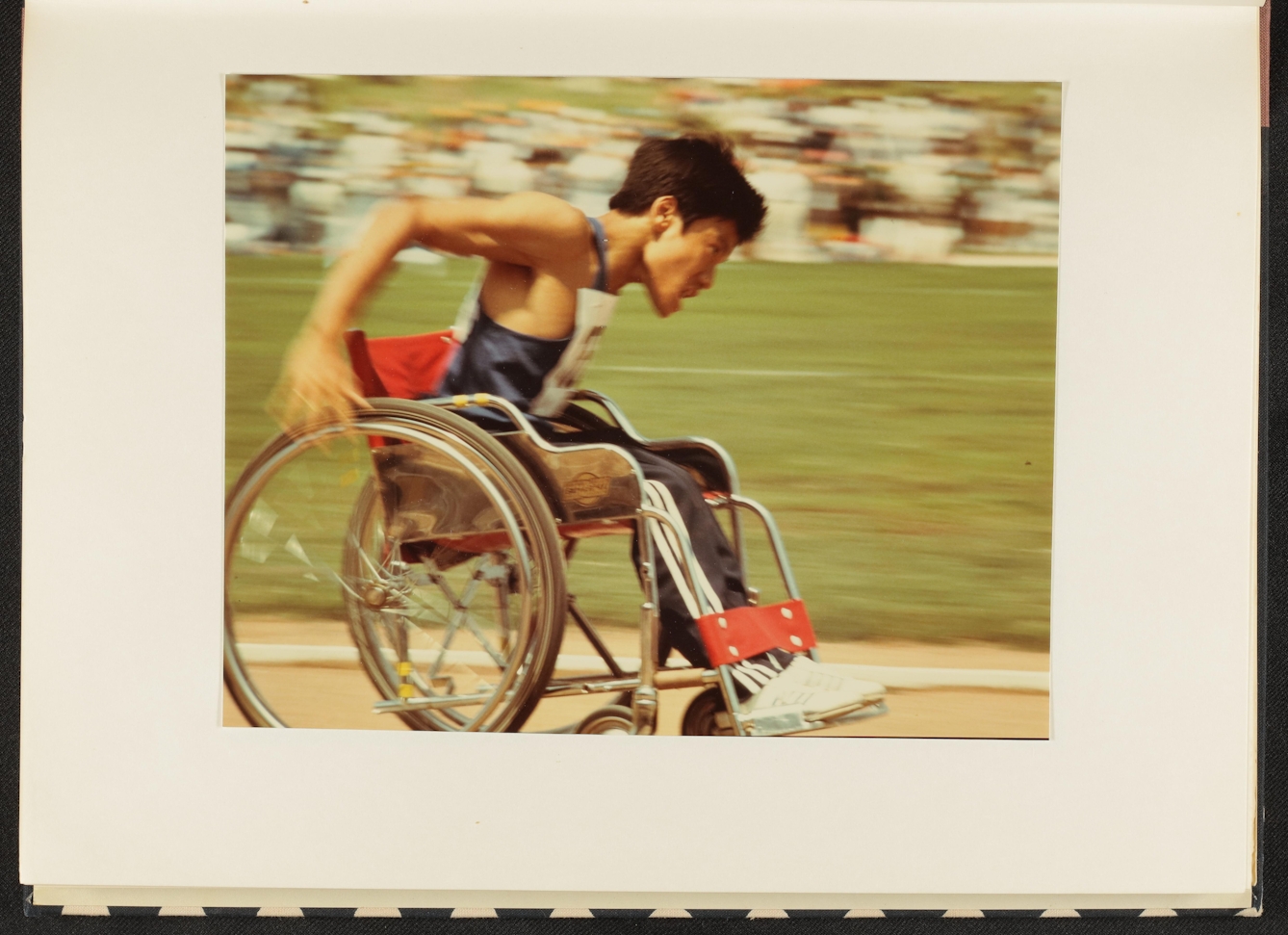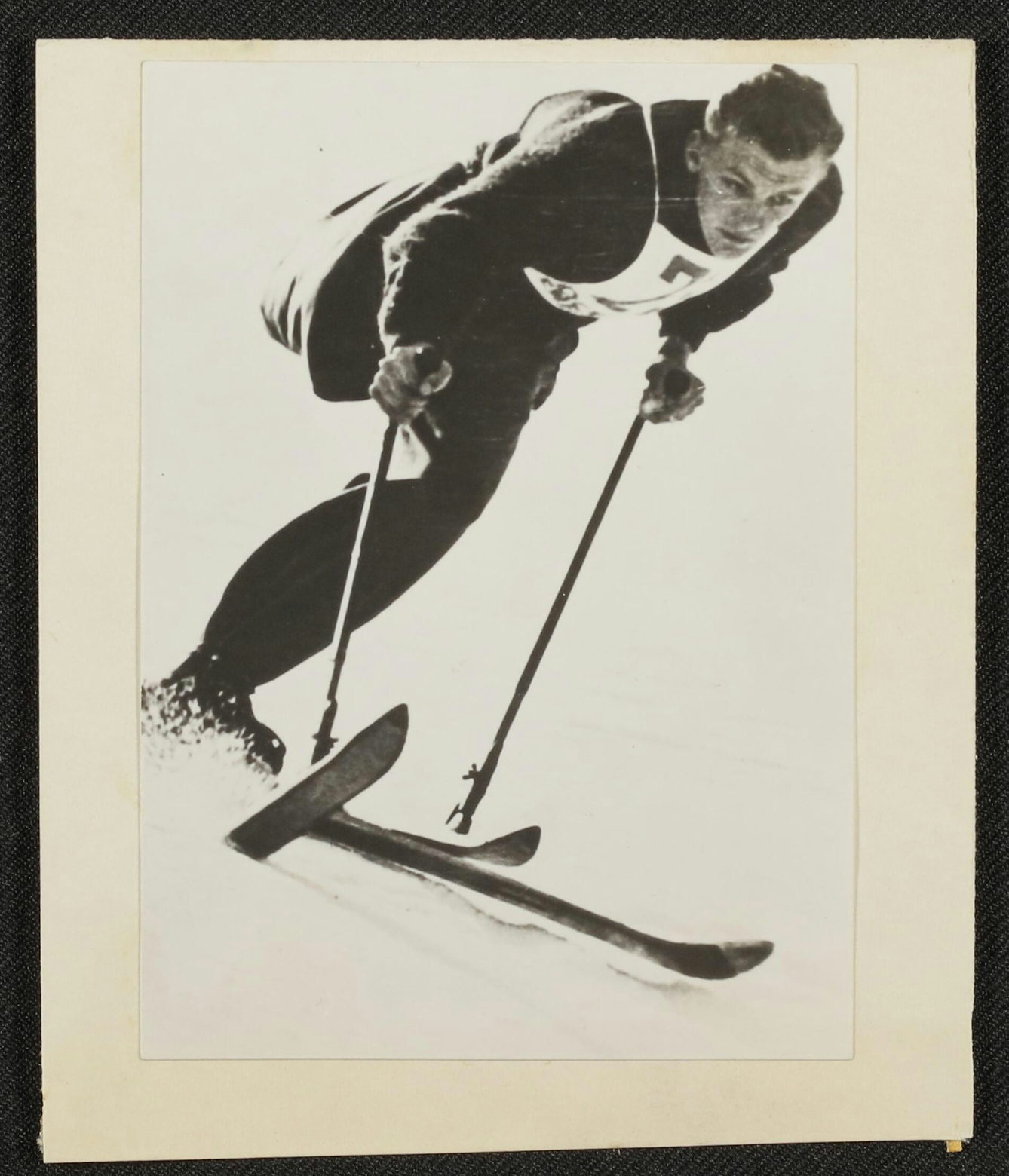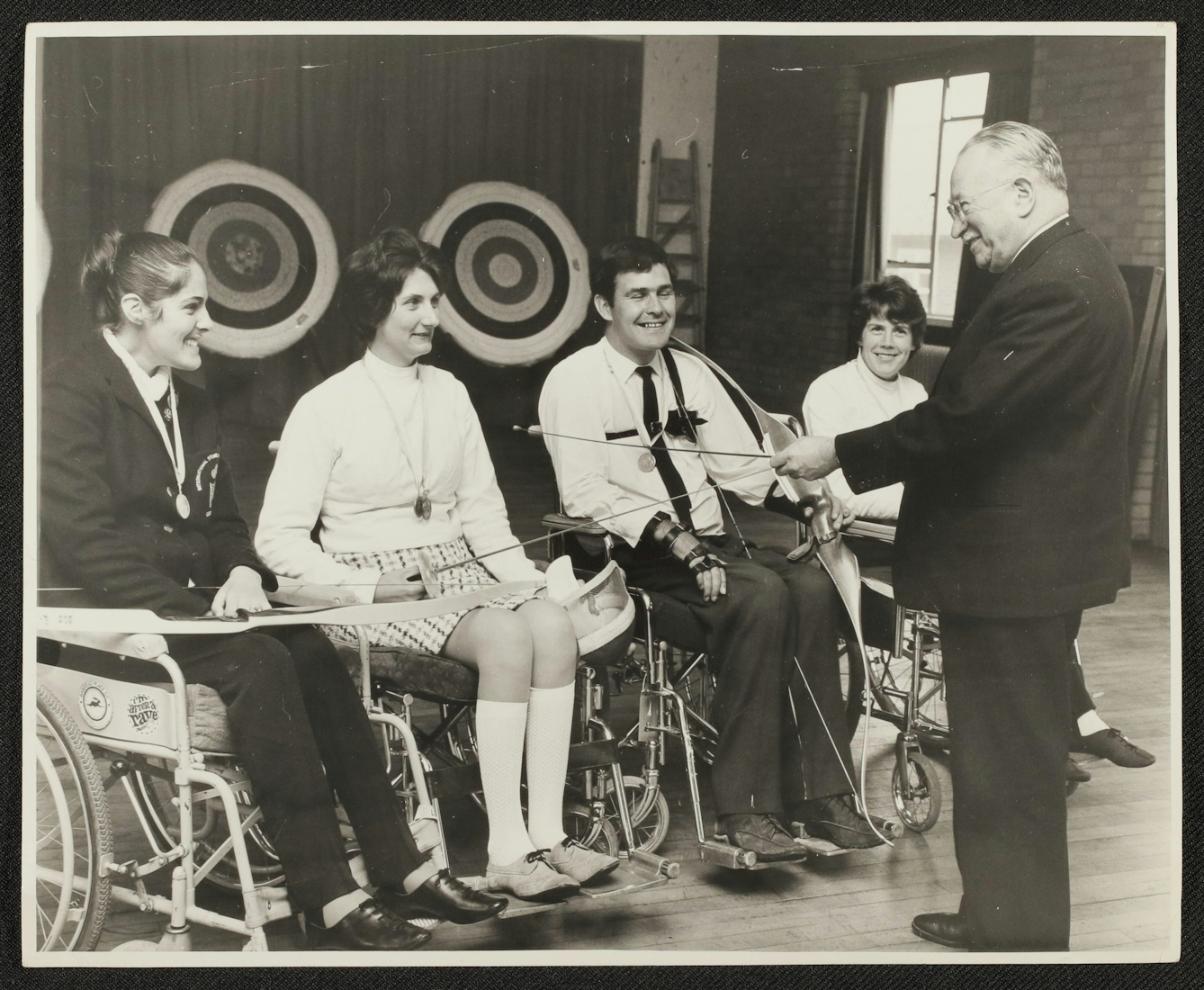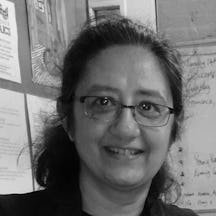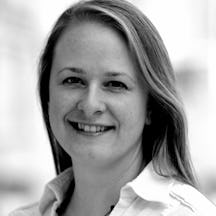As this year’s Paralympics return to Tokyo, the city where they were first held in 1964, Lalita Kaplish and Christy Henshaw explore the remarkable life and legacy of neurosurgeon Ludwig Guttmann, who organised the first “paraplegic games” in 1948.
Ludwig Guttmann and the birth of the Paralympics
Words by Lalita Kaplishwords by Christy Henshaw
- In pictures
The first official Paralympic Games were held in Tokyo in 1964, with an opening ceremony in front of 5,000 people. But the story of the Paralympian movement began at a provincial hospital in England in July 1948, on the same day as the opening of the Olympic Games in London. A small gathering of patients from Stoke Mandeville Hospital and a nearby veterans' centre competed in an archery tournament, organised by a visionary neurosurgeon with his own remarkable story.
The man responsible for the Stoke Mandeville Games, as they became, was Ludwig Guttmann, who arrived in the UK as a refugee in 1939. Guttmann had trained as a neurosurgeon in Germany and had a successful career at Breslau University until the rise of the Nazis. In the UK, he initially worked at the Radcliffe Infirmary in Oxford, before he was asked to set up the National Spinal Injuries Centre at Stoke Mandeville Hospital, primarily to treat the injured from World War II. It was the first such specialist unit and is now one of the largest in the world.
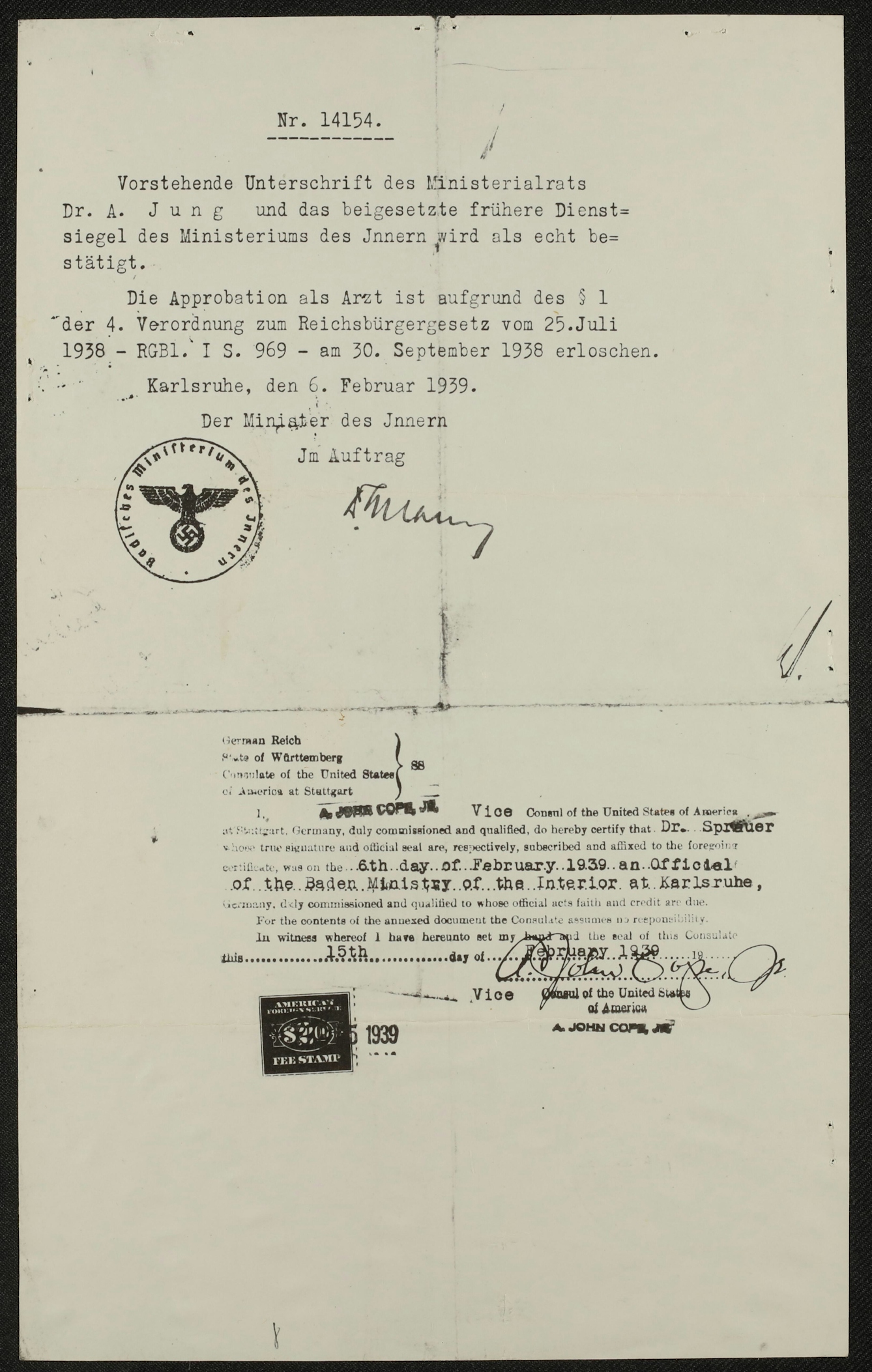
As a Jew in 1930s Germany, Guttmann contended with oppressive and discriminatory Nazi rule. His medical practice was restricted to the Jewish hospital in Breslau, where in November 1938, during the terror of Kristallnacht, he was able to save 60 Jewish people from detention by admitting them as patients to the hospital. In 1939 he and his family managed to escape Nazi Germany during an official trip to Portugal. On the return journey they stopped in England, where he obtained visas that allowed him and his family to leave Germany.
At Stoke Mandeville, Guttmann promoted different methods of rehabilitation, including sport. He observed that, “Sport, complementary to work therapy, has proved invaluable in developing mental attitudes that are essential for any successful social reintegration, such as restoring activity of mind, self-confidence, self-dignity, comradeship and self-discipline…” With his colleague, he introduced darts, snooker, table tennis, skittles and archery into rehabilitation. They also developed a form of wheelchair polo and basketball.
In the early days, people with paraplegia played against able-bodied competitors, both in wheelchairs. Participants with paraplegia had the upper hand in these games, according to Guttmann, “owing to the fact that his dexterity and co-ordination, due to the paralysis of his legs, is shifted into the trunk and arms, whilst the able-bodied had great difficulty in correlating the position of his legs with movements of arms and trunk”. From 1948, the “paraplegic games” became an annual event at Stoke Mandeville.
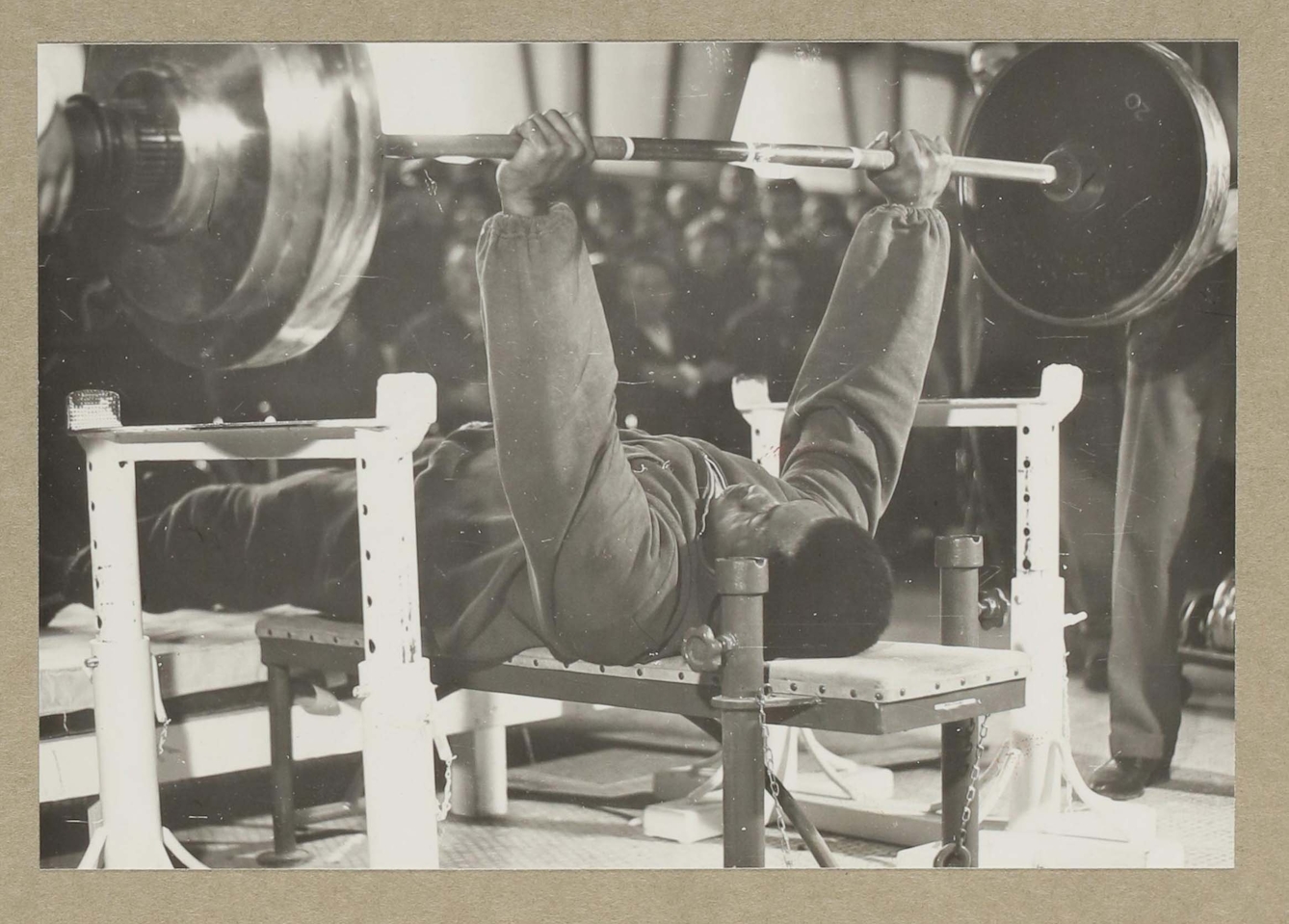
In 1952 a team from the Netherlands attended the Games, making this the inaugural international event, and one of the first ever international sports competitions for disabled people. By 1956, 18 different nations participated, including the USA, Australia, Israel, South Africa, Malaya and Pakistan. In 1960 the International Olympic Committee took notice, and the 9th International Stoke Mandeville Games were held in Rome that year, following the Olympics. Although not an official Olympic event, they are considered by most to be the first Paralympic Games.
At the 1964 Summer Paralympics (the 13th International Stoke Mandeville Games) in Tokyo, many more athletes took part than in the Rome games. They were the first to use the name ‘Paralympics’ too, although the term was not officially approved by the International Olympic Committee (IOC) until 1984. Perhaps unsurprisingly, given the Stoke Mandeville tradition, Great Britain topped the medals table with 61 medals.
The first Winter Paralympics were held in 1976 in Örnsköldsvik, Sweden, with 198 participants from 16 countries. They competed in Alpine and Nordic skiing for amputees and visually impaired athletes, but there were no events for people with paraplegia. The link between the Olympic Games and the Paralympic Games was firmly established in 1989 by the foundation of the International Paralympic Committee (IPC) as the governing body of the Games.
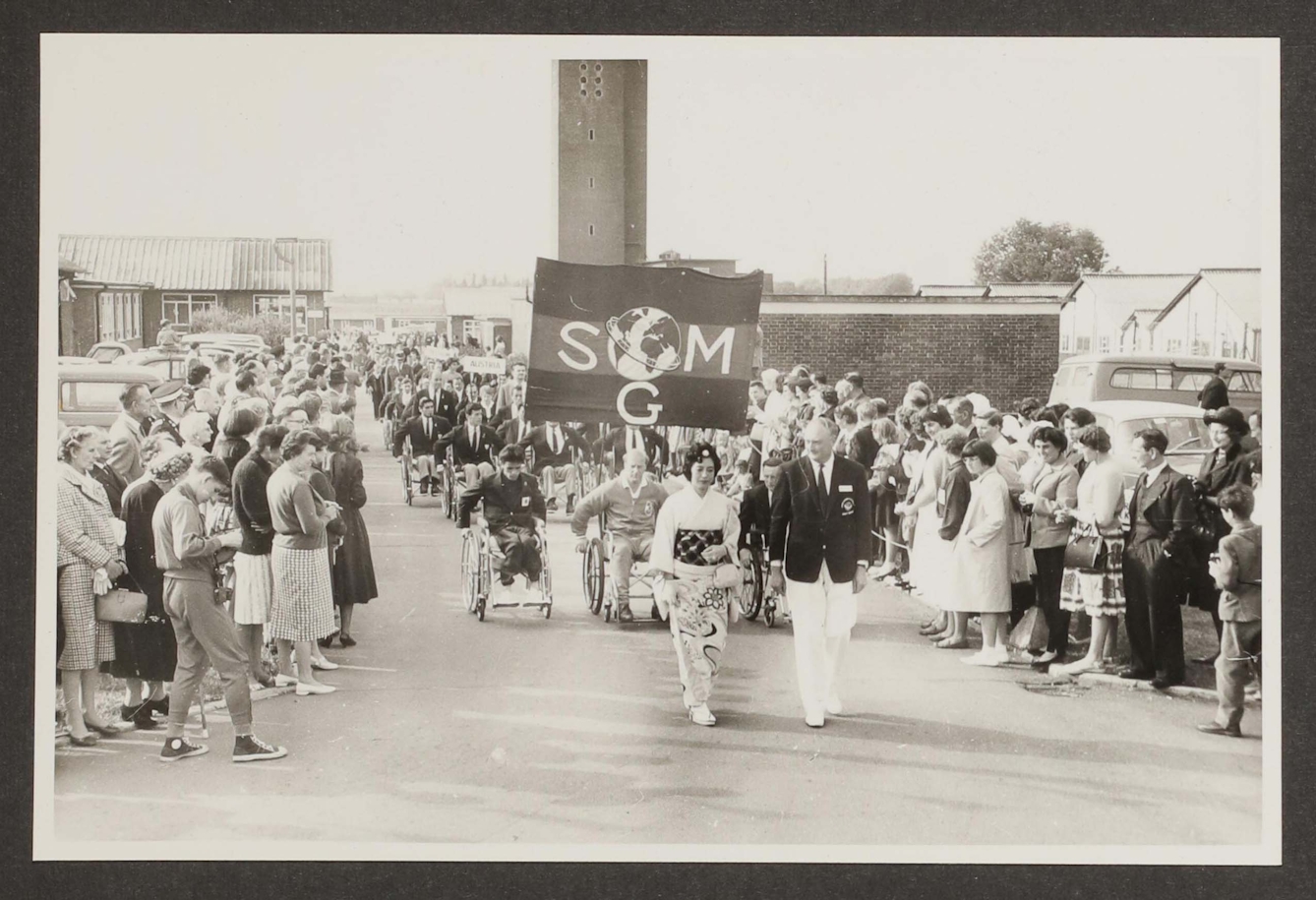
While the Paralympic Games evolved to include athletes from all disability groups, the International Stoke Mandeville Games remained a multi-sport annual event primarily for wheelchair athletes. The name changed in 1997 to the World Wheelchair Games and is currently known as the International Wheelchair and Amputee Sports (IWAS) World Games. They are held every two years (except in years when there are Paralympic Games) in locations around the world.
Guttmann continued to champion disability sports alongside a distinguished medical career. As well as being President of the International Stoke Mandeville Games, he founded the British Sports Association for the Disabled. In 1971 he welcomed the Queen to the opening of a new Sports Stadium at Stoke Mandeville, the home of the Games. Sir Ludwig Guttmann died in 1980, leaving a phenomenal legacy in both medicine and disability sports. In his memory, IWAS developed the Guttmann Games, which “only feature sports and events not currently on the Paralympic Games programme... to honour his incredible legacy in growing Para sports”.
All the images in this gallery are from the Ludwig Guttmann archive collection at Wellcome Collection. We are grateful to the Guttmann family for donating his archive, which contains documents and photographs spanning his life from his early career in Germany to his death in 1980, and for allowing us to make this collection publicly available online.
About the authors
Lalita Kaplish
Lalita is a digital content editor at Wellcome Collection with particular interests in the history of science and medicine and discovering hidden stories in our collections.
Christy Henshaw
Christy Henshaw manages Wellcome Collection’s digitisation programme. She is constantly amused and mystified by the collections and works with her team to make them available freely to all.
